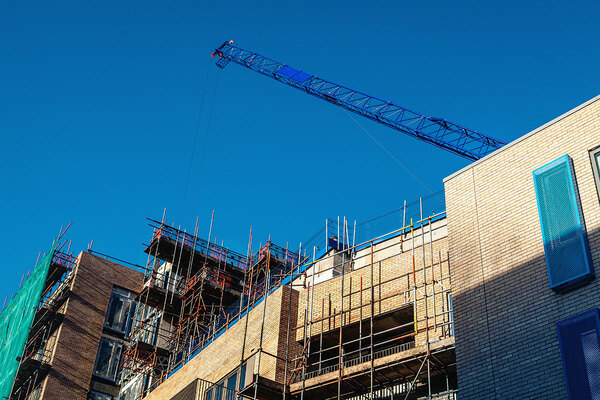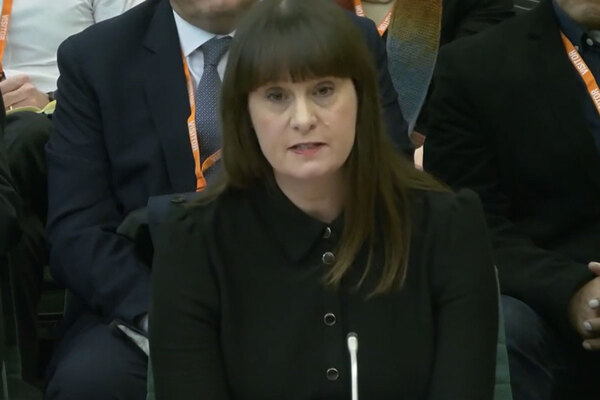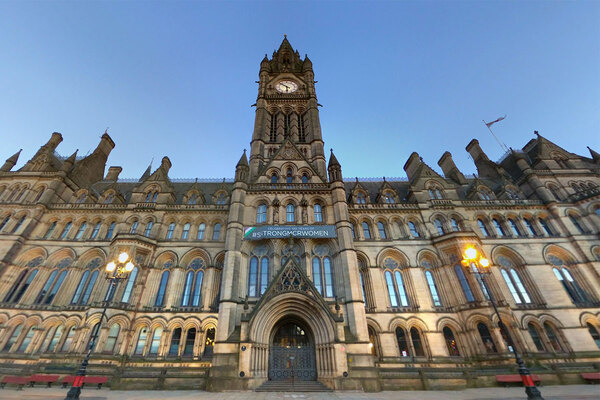You are viewing 1 of your 1 free articles
Councils that lost planning powers brand government’s housing targets ‘unfair’
Councils whose planning powers were curtailed because they did not meet housing targets have branded the government’s system “unfair” and “ineffectual”.
Both Worthing and Eastbourne councils told Inside Housing that the targets of the Housing Delivery Test, an annual measurement of local housing delivery, are impossible to meet due to geographical and topographical constraints.
The councils are among a group of 51 local authorities whose ability to reject planning applications has been curtailed as a result of them failing to deliver at least 75% of the homes estimated to be needed in their area over the past three years.
A council area’s housing need is calculated based on a government formula that takes into account household growth projections and affordability.
Each year councils which do not build 75% of the homes required become subject to a ‘presumption in favour of sustainable development’, meaning that proposed schemes must be granted planning permission unless their adverse impacts “significantly and demonstrably” outweigh their benefits.
The latest official figures, published earlier this month, showed that 51 (16%) of English councils would see their planning powers limited after failing to meet their targets.
Eastbourne and Worthing were among the councils to have these powers taken, after delivering just 32% and 35% of their target respectively.
But Kevin Jenkins, Conservative leader of Worthing Borough Council, said the government’s housebuilding targets for the area were “unrealistic”, “unfair” and a “threat to green spaces”.
He added: “We are hemmed in by the sea and the South Downs and there simply isn’t the space to build this amount of new homes.”
Mr Jenkins said he was “angry” that the Department for Levelling Up, Housing and Communities (DLUHC) “refuses to see sense on this issue”.
Leigh Palmer, head of planning at Liberal Democrat-controlled Eastbourne Borough Council, said the Housing Delivery Test was a “blunt and ineffectual tool” for coastal authorities, arguing that there is “not enough land’ in his council area to meet the target.
He added: “Eastbourne has been under poor housing delivery for a number of years, primarily down to geography.
“We’ve got the sea on one side, a neighbouring authority wrapping around the other third, and then we’ve got South Downs National Park.”
Richard Blyth, head of policy and practice at the Royal Town Planning Institute (RTPI), explained that the changes effectively mean that the council’s local plan is removed and decisions are made solely according to the national planning policy framework.
The impact on the council will depend on how closely their local policy aligns with national policy, he said.
Mr Blyth said one of the problems with the test is that local authorities “on the whole don’t build houses”, so are “being evaluated on something they don’t have any control over”.
“They can grant lots of permissions but it doesn’t necessarily mean those permissions will be completed,” he said.
In 2020, the government was forced to U-turn on proposed changes to the housing need algorithm, which would have seen the targets of many councils increased, following heavy criticism from its own backbenchers, including former prime minister Theresa May.
Following the backlash, the government decided to increase the targets of the 20 biggest cities by 35% to avoid putting "too much strain" on rural areas. The new targets came into force after the period for which the most recent data covers and are therefore not reflected in these results.
Councils based in urban areas previously told Inside Housing that the new targets for them are “unrealistic”.
The DLUHC has been contacted for comment.
Sign up for our Council Focus newsletter
Already have an account? Click here to manage your newsletters












